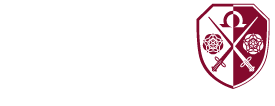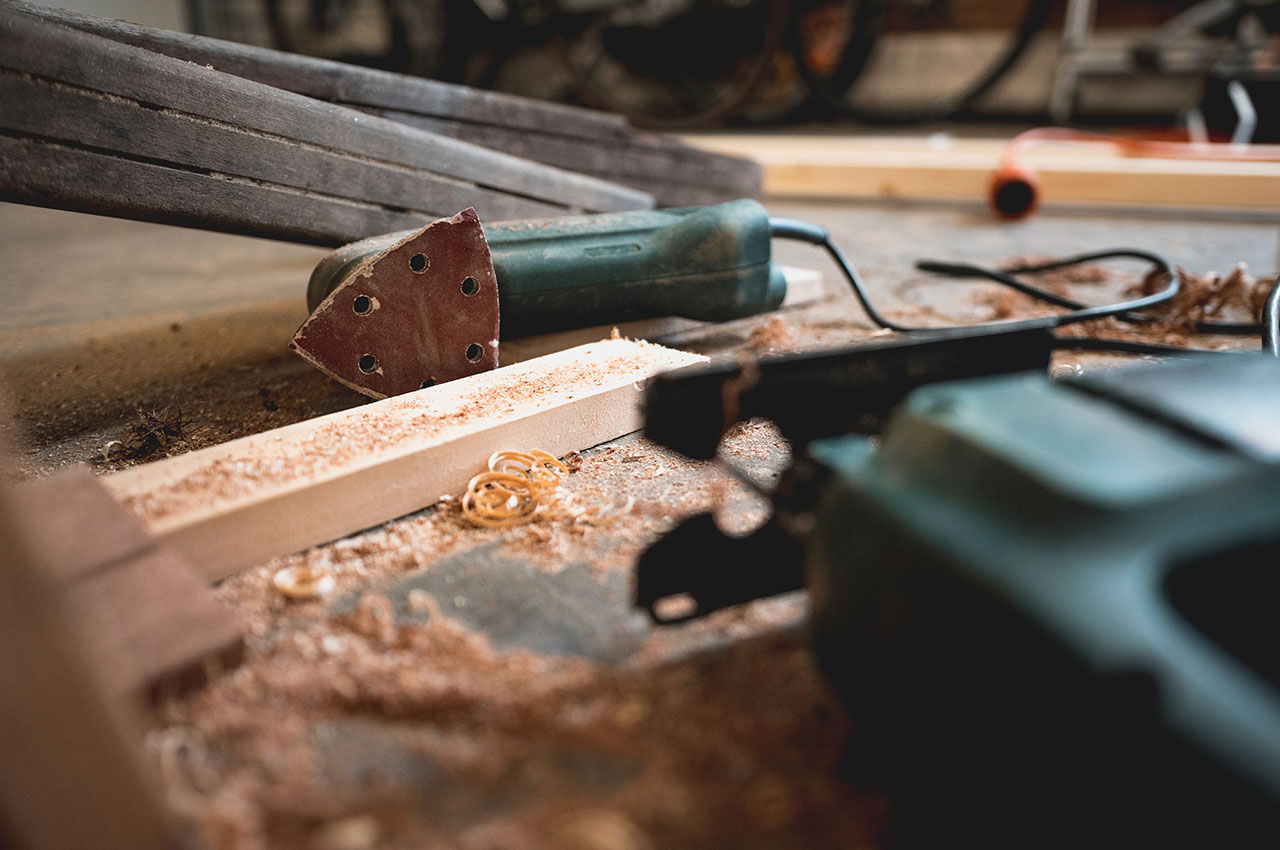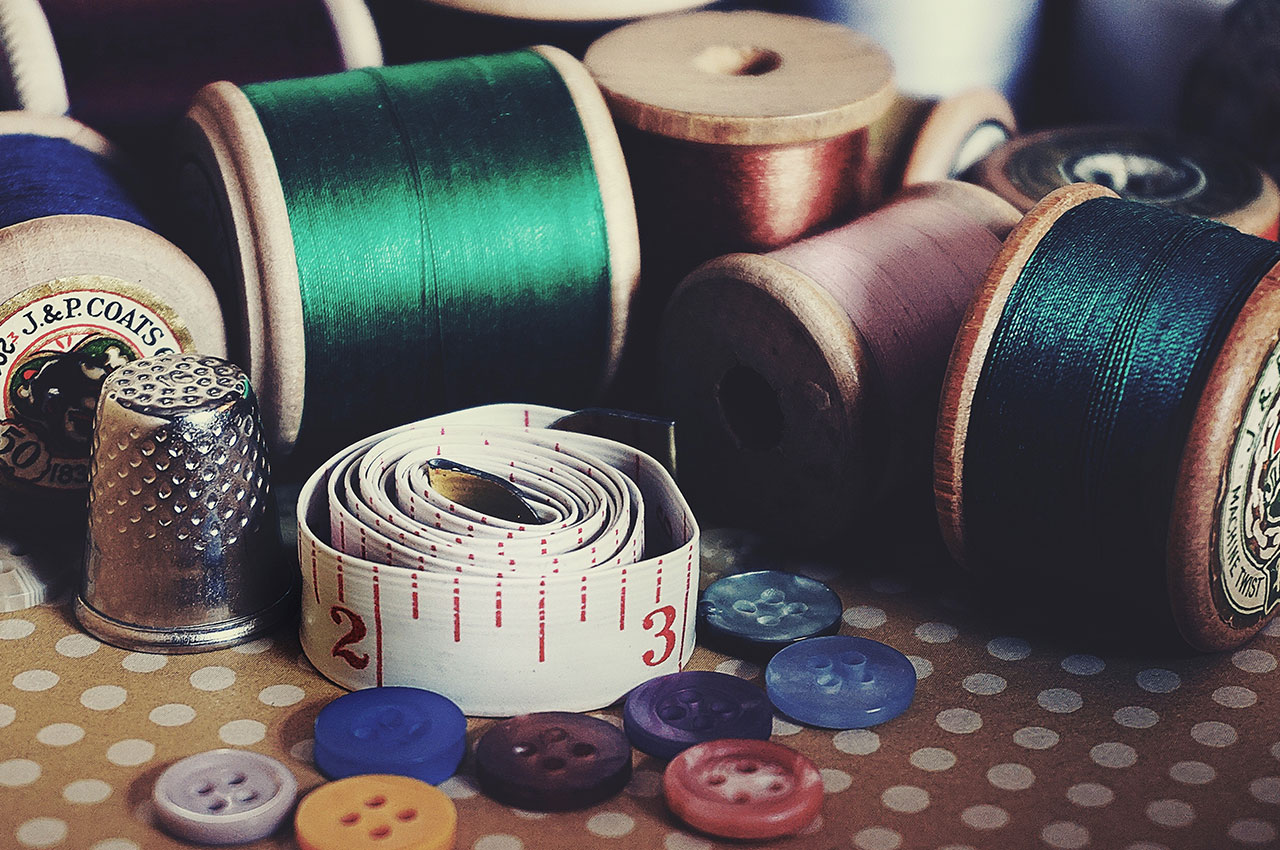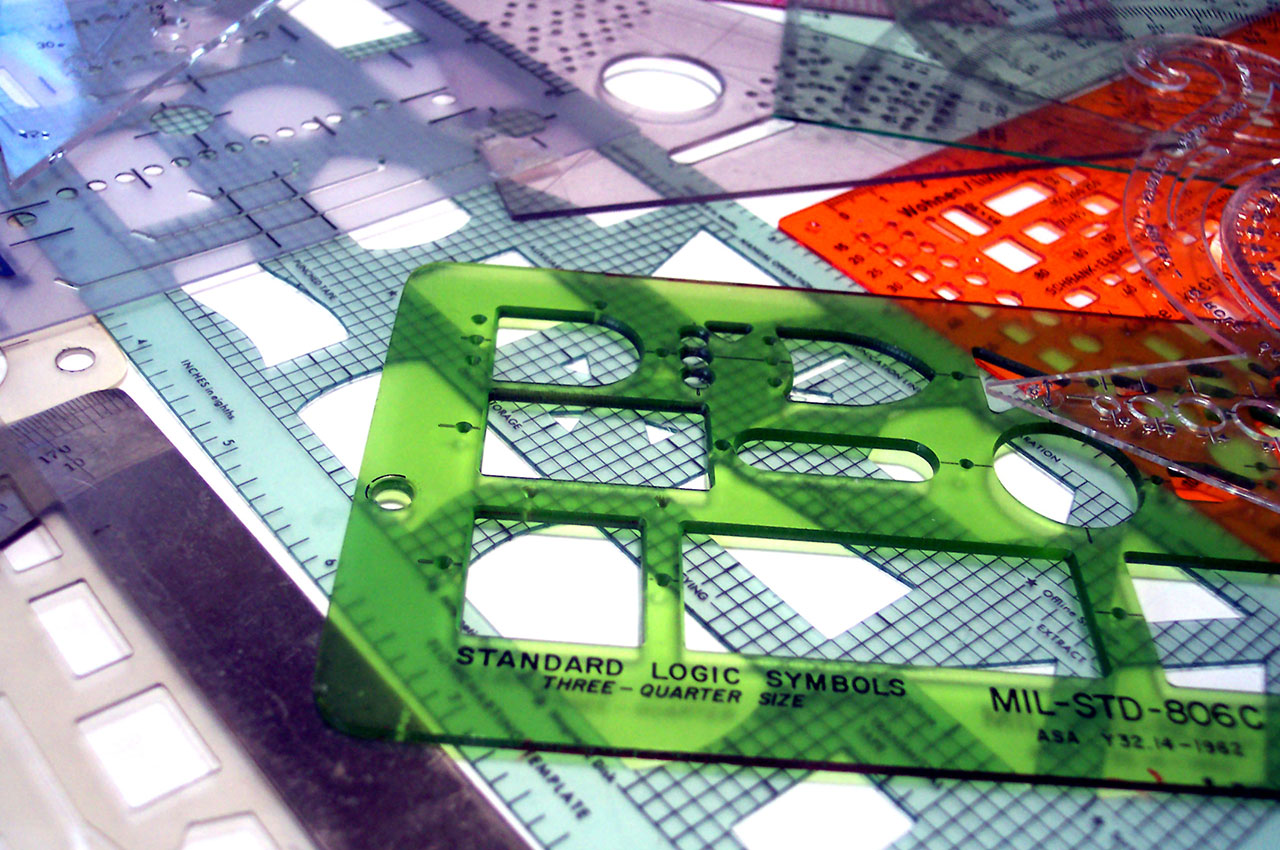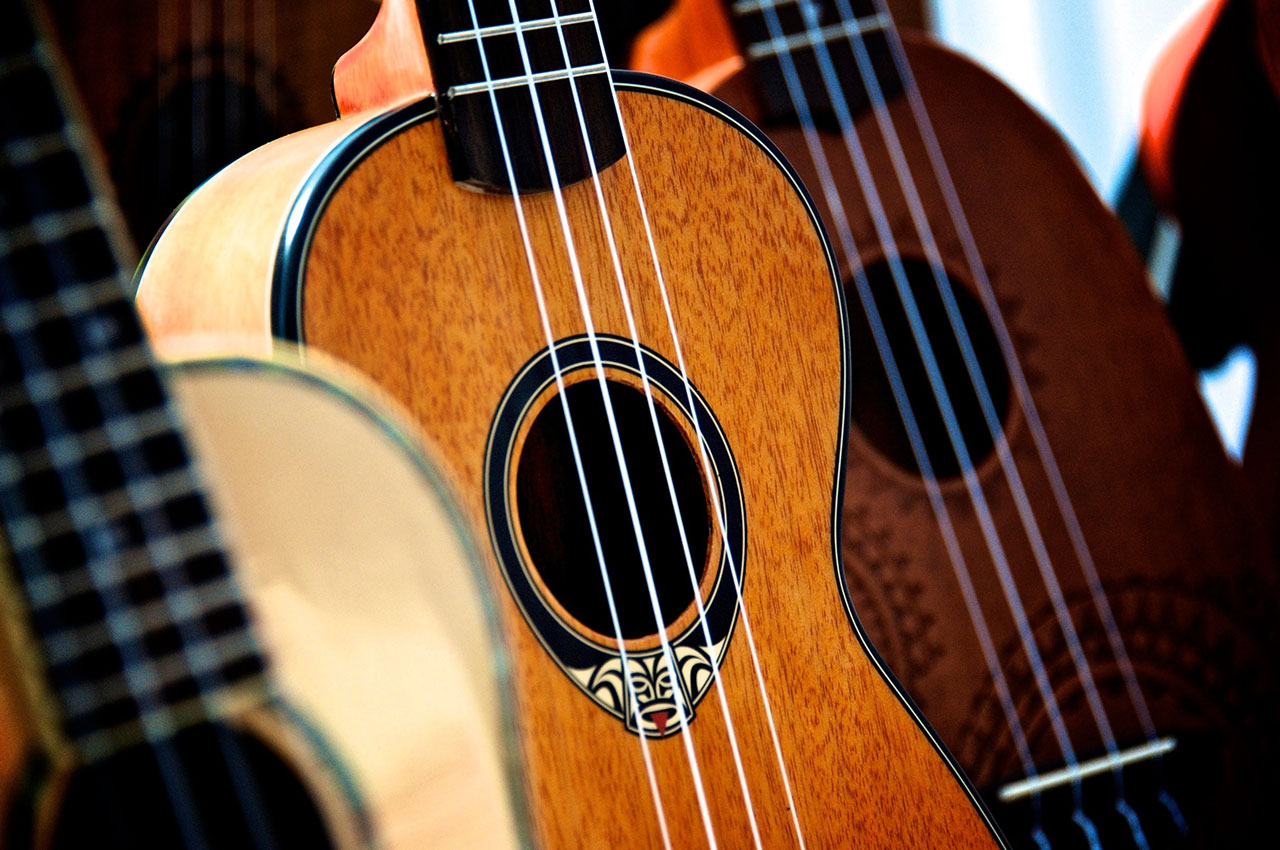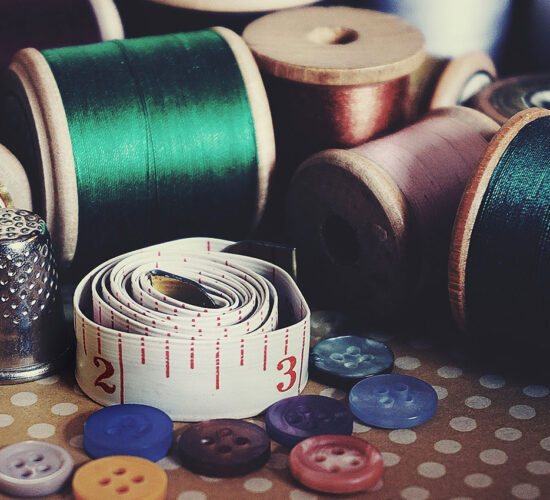
If you require any further information about the curriculum we are following in this subject, please contact the Head of Department.
Key Stage 3 Textiles and Food will introduce students to new techniques and skills to assist them in everyday life.
When students begin this course, half of the year is dedicated to Food Technology, and the other half to Textiles Technology; this enables students to gain a wide range of skills in a short space of time. As a practical subject, students are able to make use of the great EBS facilities.
| Term | Unit of Work | Assessment |
|---|---|---|
| Autumn 1 | Students will be given an introduction into Textiles. They will learn about how to safely and correctly use a range of specialist equipment and try a range of decorative skills to enable them to produce a juggling bag and three juggling balls based on the theme ’all about me’. | Ongoing teacher / peer / self assessment of theory work in a booklet to support the making of the juggling bag and juggling balls. |
| Autumn 2 | Students gain knowledge on fibres and fabrics theory, developing skills on the sewing machine to create their bag and juggling balls. | Sewing machine labelling and threading the machine test. |
| Spring 1 | Students will work on hand sewing skills and finishing techniques. |
Teacher assessment of design, skills and level of finish shown in the juggling bag and juggling balls and overall booklet work. |
| Spring 2 | Students have an introduction to health and safety in the food room and the structure of practical lessons. A range of preparation and cooking skills will be covered. Students alternate between a theory/demonstration lesson and a practical lesson for each cook/skill covered. They will cook: fruit salad, toastie, vegetable soup, fruit crumble, scone based pizza, rock cakes, pasta salad and flapjacks. | Teacher assessment of food practicals and overall booklet work. |
| Summer 1 | Students have an introduction to health and safety in the food room and the structure of practical lessons. A range of preparation and cooking skills will be covered. Students alternate between a theory/demonstration lesson and a practical lesson for each cook/skill covered. They will cook: fruit salad, toastie, vegetable soup, fruit crumble, scone based pizza, rock cakes, pasta salad and flapjacks. |
Teacher assessment of food practicals and overall booklet work. |
| Summer 2 | Students have an introduction to health and safety in the food room and the structure of practical lessons. A range of preparation and cooking skills will be covered. Students alternate between a theory/demonstration lesson and a practical lesson for each cook/skill covered. They will cook: fruit salad, toastie, vegetable soup, fruit crumble, scone based pizza, rock cakes, pasta salad and flapjacks. |
Teacher assessment of food practicals and overall booklet work. |
| Term | Unit of Work | Assessment |
|---|---|---|
| Autumn 1 | Students will learn about how to safely and correctly use a range of specialist equipment to try a range of decorative skills. They will design and make a cushion influenced by culture. | Ongoing teacher/peer/self assessment of theory work in a booklet to support the making of the cushion. |
| Autumn 2 | More in depth use of the sewing machine to explore how it can be used decoratively as well as for construction. | |
| Spring 1 | Sewing machine skills used to construct the cushion from five individual panels into one cushion. | Teacher assessment of design, skills and level of finish shown in the cushion and overall booklet work. |
| Spring 2 | Students build on skills from Year 7 with more complex dishes utilising multiple skills; focusing on main meals and cake-making methods. Students alternate between a theory / demonstration lesson and a practical lesson for each cook / skill covered. They will cook: ragu, macaroni cheese, fish cakes, sweet muffins, thai green curry, marble tray bake, shepherd’s pie, fairy cakes. | Teacher assessment of food practicals and overall booklet work. |
| Summer 1 | Students build on skills from Year 7 with more complex dishes utilising multiple skills; focusing on main meals and cake-making methods. Students alternate between a theory / demonstration lesson and a practical lesson for each cook / skill covered. They will cook: ragu, macaroni cheese, fish cakes, sweet muffins, thai green curry, marble tray bake, shepherd’s pie, fairy cakes. | Teacher assessment of food practicals and overall booklet work. |
| Summer 2 | Students build on skills from Year 7 with more complex dishes utilising multiple skills; focusing on main meals and cake-making methods. Students alternate between a theory / demonstration lesson and a practical lesson for each cook / skill covered. They will cook: ragu, macaroni cheese, fish cakes, sweet muffins, thai green curry, marble tray bake, shepherd’s pie, fairy cakes. | Teacher assessment of food practicals and overall booklet work. |
| Term | Unit of Work | Assessment |
|---|---|---|
| Autumn 1 | Students will learn how to safely and correctly use the sewing machine to create a wearable textile product. They will design and make a fleece hat influenced by a theme of their choice. | Ongoing teacher / peer / self assessment of theory work in a booklet to support the hat making. |
| Autumn 2 | Students learn to create a paper pattern for their own design and how to add a 3D element or appliqué to decorate their hat. | |
| Spring 1 | Students use the sewing machine to construct and finish a fleece hat. |
Teacher assessment of design, skills and level of finish shown in the hat and overall booklet work. |
| Spring 2 | Students build on their skills from Year 8 with more complex dishes which would lead into skills taught at KS4. Nutrition is looked at in greater detail. Students alternate between a theory lesson and a practical lesson for each cook / skill covered. They will cook: jam / curd, swiss roll, sweet flaky pastry, savoury shortcrust pastry, bread rolls, flavoured bread swirls, vegetarian risotto, carrot cakes. | Teacher assessment of food practicals and overall booklet work. |
| Summer 1 | Students build on their skills from Year 8 with more complex dishes which would lead into skills taught at KS4. Nutrition is looked at in greater detail. Students alternate between a theory lesson and a practical lesson for each cook / skill covered. They will cook: jam / curd, swiss roll, sweet flaky pastry, savoury shortcrust pastry, bread rolls, flavoured bread swirls, vegetarian risotto, carrot cakes. | Teacher assessment of food practicals and overall booklet work. |
| Summer 2 | Students build on their skills from Year 8 with more complex dishes which would lead into skills taught at KS4. Nutrition is looked at in greater detail. Students alternate between a theory lesson and a practical lesson for each cook / skill covered. They will cook: jam / curd, swiss roll, sweet flaky pastry, savoury shortcrust pastry, bread rolls, flavoured bread swirls, vegetarian risotto, carrot cakes. | Teacher assessment of food practicals and overall booklet work. |
| Websites | Read | Visit or Watch | Extra |
|---|---|---|---|
| YouTube for videos of skills. | Recipe books. Look at food packaging / labelling when shopping. | Great British Bake Off and other cooking programmes. Visit the Fashion and Textiles Museum, Design Museum, V&A. | Practice recipes at home where possible and accurately weighing ingredients. |
| Websites | Read | Visit or Watch | Extra |
|---|---|---|---|
| YouTube for videos of skills. | Recipe books. Look at food packaging / labelling when shopping. | Great British Bake Off and other cooking programmes. Visit the Fashion and Textiles Museum, Design Museum, V&A. | Practice recipes at home where possible and accurately weighing ingredients. |
| Websites | Read | Visit or Watch | Extra |
|---|---|---|---|
| YouTube for videos of skills. | Recipe books. Look at food packaging / labelling when shopping. | Great British Bake Off and other cooking programmes. Visit the Fashion and Textiles Museum, Design Museum, V&A. | Practice recipes at home where possible and accurately weighing ingredients. |
